Prioritize safety, not just punishment
March 9, 2019
For weeks now, the University has upheld a ban on all fraternity activity, including philanthropy and leadership development.
This was enacted in response to the death of first-year Connor Gage.
The administration declared the ban after the Burlington Police Department found that Gage was likely present at one or more fraternity parties on the blistery, subzero evening he died.
With no other actions being taken, it’s clear the University believes his death to be the fault of a fraternity.
In addition, it’s clear the University believes that future situations could be made safer by eradicating fraternities.
That’s huge, and it could threaten many students’ only form of non-academic engagement with the campus community.
As we await the toxicology report, we lack details as to what exactly took Gage’s life.
However, the Burlington Police Department said extreme temperature was a factor.
Given that fewer than 10 percent of students at UVM are active in Fraternity and Sorority Life, it’s absurd to suggest that party culture and the normalization of binge drinking are the sole fault of those students.
Rather, it’s time we confront the truth – college students are going to drink, whether they are of legal age or not.
People are going to host parties and serve alcohol to people under 21 in their sticky basements, whether or not they’re part of a fraternity.
Fraternities and other social groups are going to operate, whether or not the University sanctions their activities.
In fact, it might even be easier for an unrecognized fraternity to do as they please.
After all, they no longer have any reason to stay in good standing with the University.
Finally, it gets extremely cold here and that’s dangerous.
When UVM decides to accept that (gasp) their students sometimes drink too much, at fraternities and otherwise, perhaps we can begin to make progress.
This starts with making it safe for students to come back to their residence halls in whatever state they are in, without fear of getting in trouble.
As a former Wellness Environment student and former Residential Adviser in WE, I can confidently say this is not happening on our campus today.
The next step is to be realistic about the risk of traveling between campus and downtown.
Between sexual harassment, extreme temperatures and minor levels of violence downtown, there are many risks.
Thus, it would be logical to support and implement a program where students can be safely escorted home upon request.
Such an idea is already commonplace at other universities.
While I was touring colleges, UVM was the only school I looked at that didn’t have a “safe rides home” program in place.
Now in the works, this student initiative is being kept from getting off the ground due to a lack of funding.
Once we have fixed these policies to make sense on a modern college campus, we must work to develop our empathy.
If a student can return safely to their residence hall, they still have to get there. If a safe ride is available, it still must be called.
This is the step that requires students to look beyond themselves and be aware of their surroundings.
This is where bystander intervention education is absolutely essential.
We must remember that this is not the first time a UVM student has died of hypothermia or extreme temperature conditions.
At the end of the day, Gage did not die because he may have had too much to drink at a fraternity.
Gage didn’t go out that night because fraternities exist.
Rather, Gage died because when he left wherever he was, no one stopped to say, “Hey, this guy shouldn’t be walking home alone.”
UVM, you can keep trying to stop people from partying – but you need to stop acting like that’s the end of the conversation.
Rachel Frankenfield
Senior


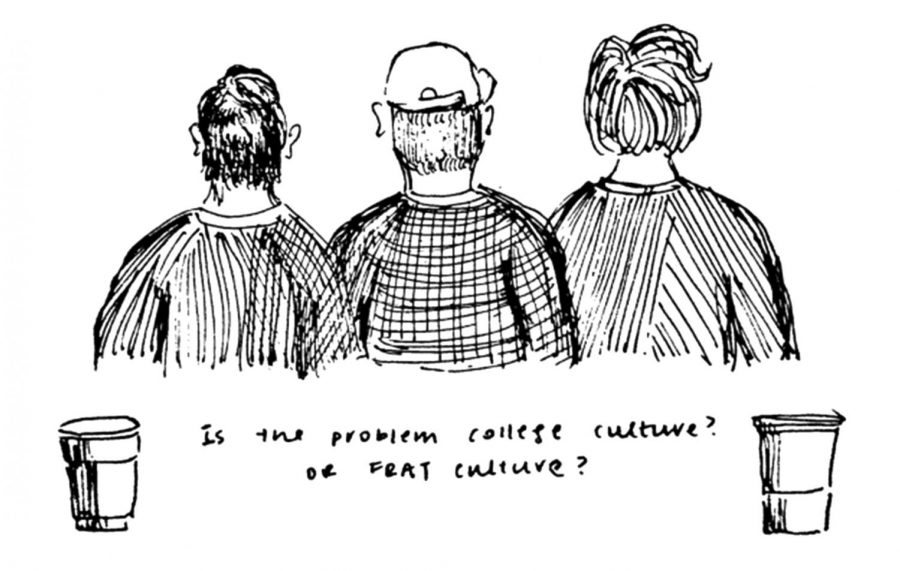







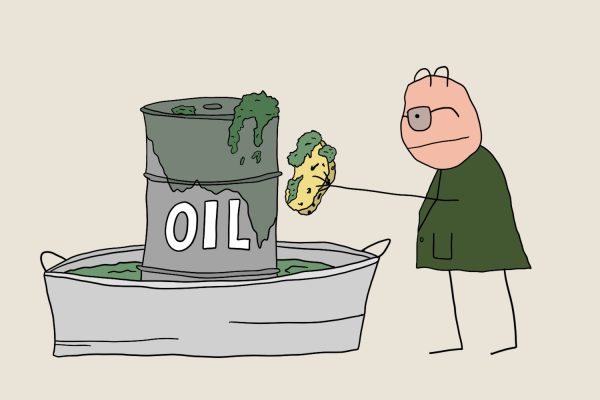
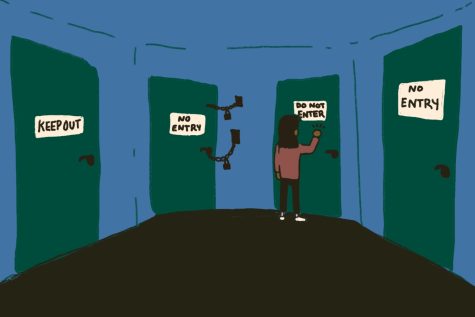
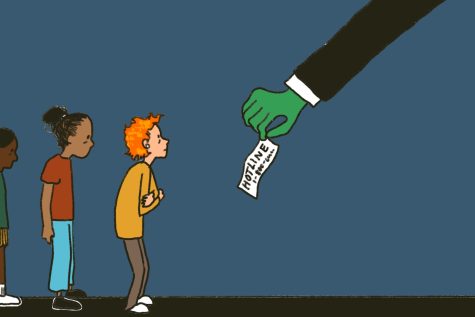
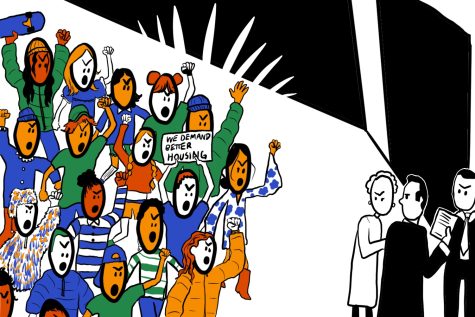



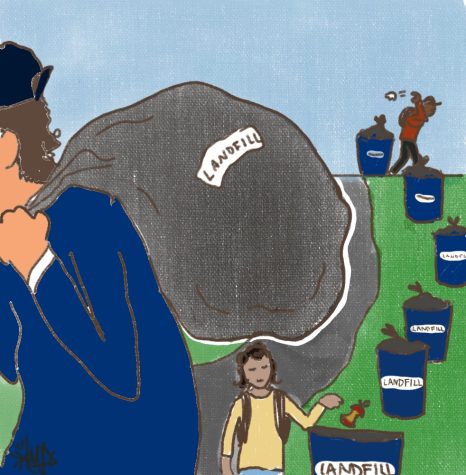

Tyler • Mar 29, 2019 at 12:24 am
Thanks for this letter. I believe hazing is the main issue with fraternities, which was unmentioned here.
Besides that, the “philanthropy” and “leadership” events are a facade to keep their (un)organized law(less) community going. Young people are going to do drugs, have sex, and binge drink, but fraternity life makes that way more accessible and consistent for 17-21 year olds. Once people turn 21, they just go out to the bars, their friends houses or apartments and do less of the fraternity stuff (generally speaking).
Daniel Dittmar • Mar 26, 2019 at 10:17 am
As a UVM fraternity alum, I am heartbroken this young man passed in the way he did. This article hits the nail right on the head. With the amount of money being spent in tuition at UVM, the university should take responsibility for providing a ride service during the colder months. Let’s practice some harm reduction instead of pointing fingers. How much would a shuttle service cost to run around the campus and from downtown at night when people are out and about when its this cold? With that being said, everyone needs to take a bit of personal responsibility and take care of each other as well. Dress warm, stick together, etc.
Christopher Petrillo • Mar 22, 2019 at 1:57 am
Excellent points
A • Mar 11, 2019 at 10:04 pm
Thank you for this, finally some common sense